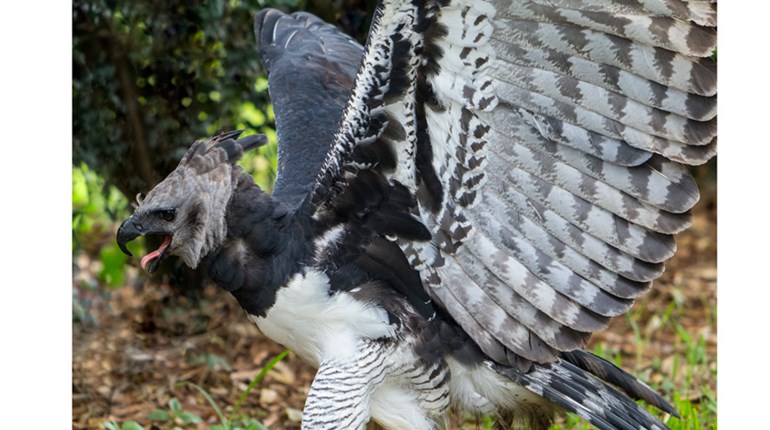
Photo Courtesy of USFWS
Sandhill cranes can fill the sky in flocks of up to 10,000 as they migrate south for the winter, bodies printing against the sun with their long legs trailing out behind—graceful, elegant and…delicious? Yes! There’s a reason why this migratory bird is known as the “Rib Eye of the Sky,” and it’s because it’s one of the tastiest game birds out there. The meat has been described as tasting a bit like a cross between duck and pheasant, and it’s quite a prize for the savvy hunter.
There are six different subspecies of sandhill crane distributed throughout North America, and their size actually varies rather widely. They stand anywhere from 2½ to 4 feet high, weigh as much as 10 pounds (quite a lot for a bird!), and have wingspans as wide as 7 feet. That tremendous wingspan makes them excellent at soaring, meaning that they can “ride” thermal currents in the air for hours without having to flap their wings often. Interestingly, sandhill cranes have one of the longest fossil histories of any living bird, going back 10 million years.
Sandhill cranes can and do eat insects and small animals, but they mostly prefer a vegetarian diet, especially crops like corn and wheat. Because these animals are easy to see and live on the ground, instead of in treeborne nests, they’re frequently targeted by predators like bobcats, coyotes, foxes and eagles. They’re not completely helpless, though: When attacked, they’ll launch a vigorous attack, kicking with their large feet and stabbing with their bills.
These birds can be legally hunted in many areas. Most hunting tactics mirror those used on waterfowl. It’s crucial that hunters carefully study the bird’s appearance, as there are a number of endangered species (like the whooping crane) that look a bit like the sandhill crane. Also, unlike many birds, male and female sandhill cranes look very similar, with only subtle differences in size.






































